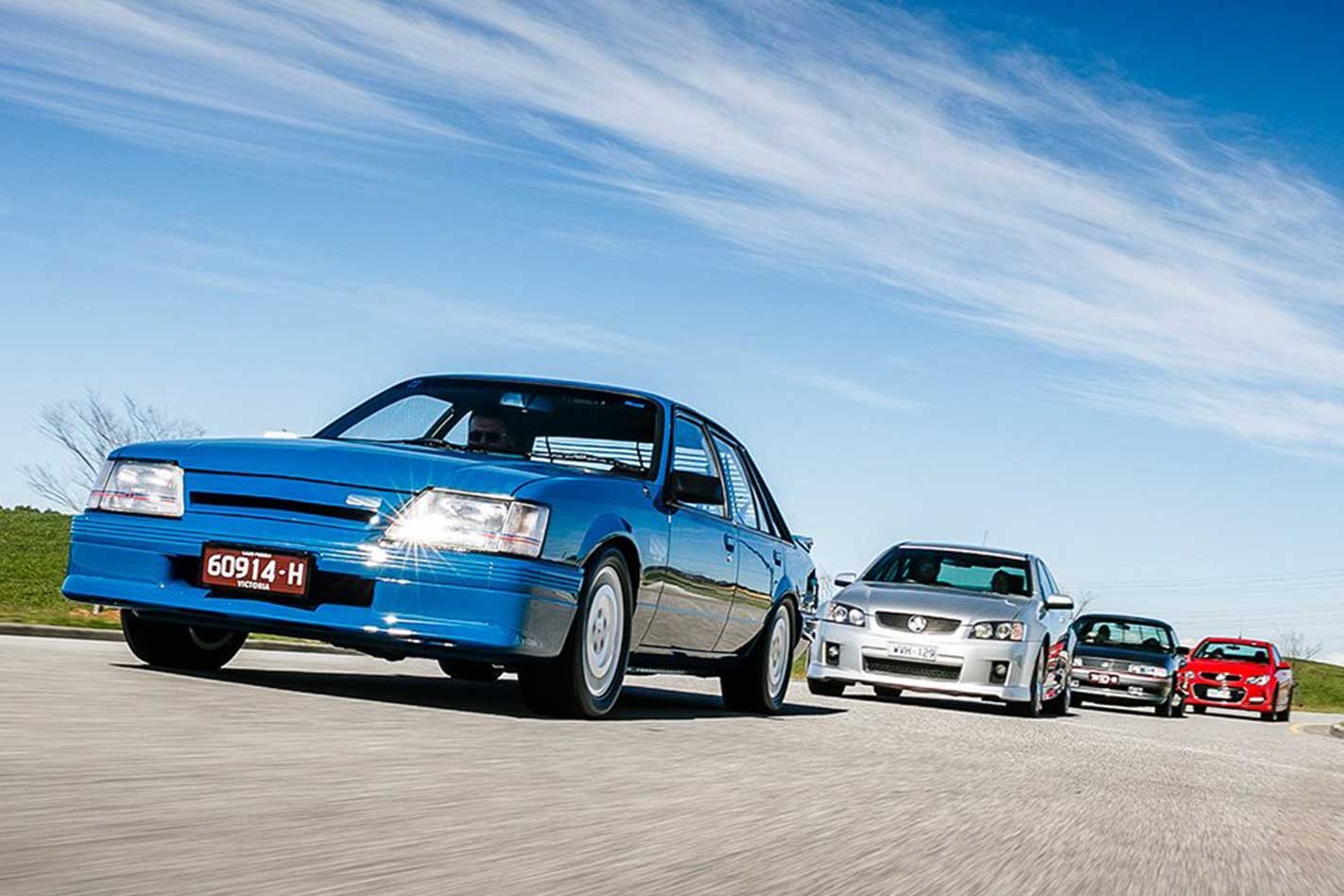It was almost a bit spooky. After I left the office on the Monday night, about 9.30pm, I jumped on Melbourne’s Monash Freeway as per usual and up ahead, I spotted the small, faint rear tail-lights of an undeniably much older car. As I got closer, I recognised it was a Holden 48-215.
Squinting through tired eyes, I convoyed beside the almost ghostly apparition for a good five minutes before I gave a toot, the shadowy driver a thumbs up, and continued on.
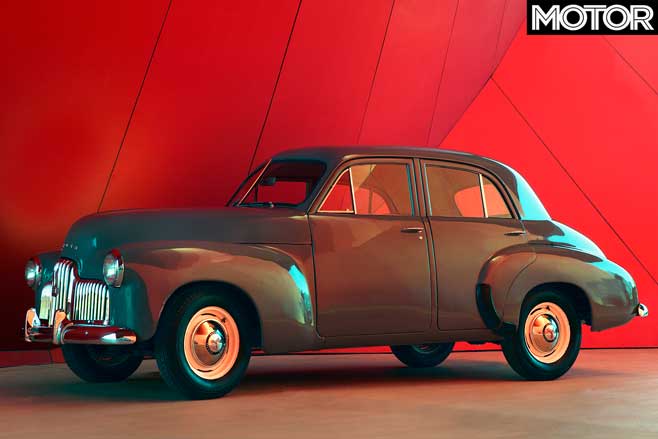
It was a surreal way to end a surreal day: the day it was announced Holden would end. Not sold, not changed, not relocated or anything else – as if worthless, it would be basically unceremoniously killed.
Since then, about a week later as I write this, I’ve felt mostly angry. Which surprises me, because Holden, for me, ended in October 2017 – and after that, it was just an idea. The flame had gone out, the one that fired the Lion brand, the Red Army, memories of plastic bags stuck in the Mark Skaife’s VX HRT Commodore’s lower intake at Bathurst in 2002 (not sure why that comes to mind) but it was strangely nice to know Holden was still around. Like at least a pilot light remained. Unlike other pundits, I could never wish death on the Holden brand no matter what sorry state it was in. I think I’d rather it remain as an importer of questionable vehicles than not around at all.
And now even that’s gone.
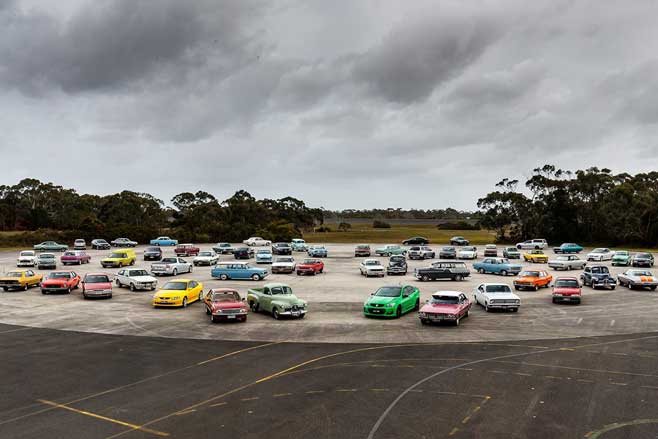
Now, before I continue I want to say that forget Holden, forget General Motors (GM), I am – MOTOR is – tremendously sad and sorry for the people who will, at some future point, have no job because of this.
More than 600 people, we hear, will be impacted; that’s potentially up to 600 Aussie families affected. It’s another blow after the tragedies and tremendous losses of the Campbellfield and Geelong, Victoria, factory closures in 2016; and that of Altona, Victoria, and Elizabeth, South Australia, in 2017. Not to mention the countless suppliers who have quietly disappeared or scaled down. We can only hope those displaced are able to land on their feet as painlessly as possible.
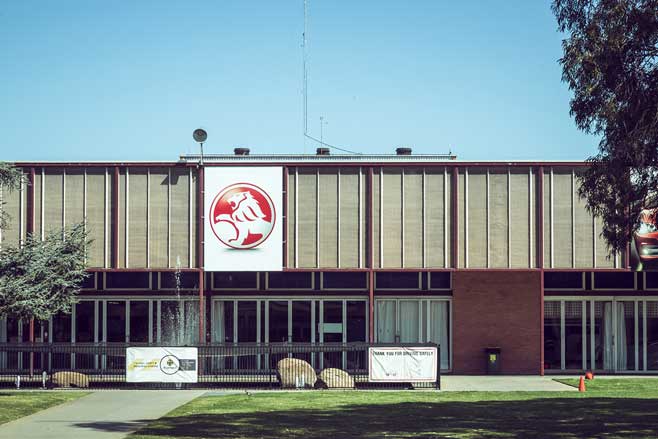
Obviously no single person can bear responsibility for Holden’s very final end. If you go to the top of The Mountain at the Bathurst 1000 these days you’re far more likely to see a Toyota HiLux than you are any new vehicle with a Holden badge on the front of it. It’s not the punters’ fault the Colorado isn’t competitive enough a vehicle, but it is someone’s. Ministers, executives, unions – the media – all have fingerprints on the final murder weapon, too.
But to my mind there is one certifiable thing – shame on GM for closing its Australian engineering and design departments. I accept in the world of business tough decisions must be made, but this seems an enormous, short-sighted waste. In terms of shaping the future of mobility for GM, Australia had an enormous amount of talent and experience to contribute. This is GM’s loss – and possibly the gain of Ford, which continues to invest in Australia. Ford knows what’s up.
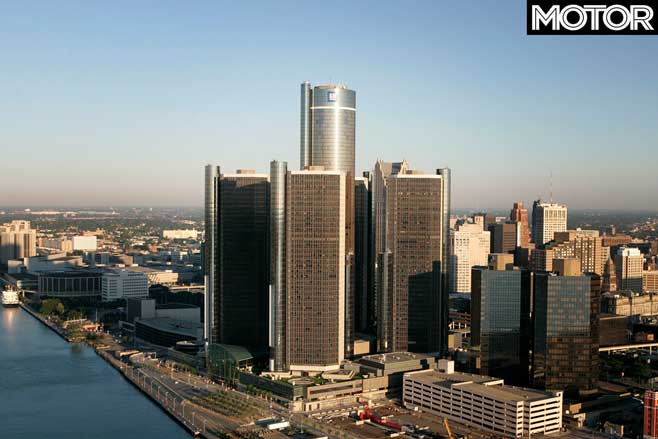
And now, we are left to just deal with it, as many entities are (as you’ll read in our Holden “What Happens now?” story). And after the dust has settled, we will simply be less without the Holden brand. The old Ford versus Holden rivalry now seems so petty when you think one day you will have to explain to someone what a Holden was. And for context, it’s not too dramatic to say you will also have to explain what Australia was.

